Agios Ioannis is a village in the Mylopotamos municipality in the Rethymno regional unit on the island of Crete, Greece. It is located 40 km southeast of Rethymno at an altitude of 430 meters. The village has been declared a traditional settlement and retains its Venetian character.
History
The village is first mentioned in 1577 by Francesco Barozzi as “S. Zuanne”. In the Venetian census of 1583 by Castrofylaka, it is referred to as “S. Zuanne” with 119 inhabitants, and by Francesco Basilicata in 1630 as “S. Giovanni”. In the Ottoman census of 1671, it is referred to as “Ayo Yani” with 26 hearths (families). In 1881, it belonged to the municipality of Avdanites and according to the census had 169 Christian and 15 Turkish inhabitants. In the 1900 census, it had 217 inhabitants.
In 1925, Agios Ioannis was attached to the community of Episkopi, Mylopotamos, but in 1933 it was designated as the seat of the community of Agios Ioannis. This status was maintained until the Kapodistrian administrative division in 1997 when it was incorporated into the municipality of Kouloukonas.
Demographics
The population of Agios Ioannis over the years:
Year |
Population |
|---|---|
1900 |
217 |
1928 |
219 |
1940 |
228 |
1951 |
233 |
1961 |
211 |
1971 |
118 |
1981 |
91 |
1991 |
71 |
2001 |
68 |
2011 |
74 |
Landmarks
The village largely retains its Venetian character, with many buildings surviving for at least five centuries, preserving their carved doorways and courtyards. One of the mansions continued to be inhabited and became the home of the Bey of Mylopotamos, also known as the Mustapha Aga mansion. The last Bey was Mustapha Haji Hassan Oglou (1827-1915), who, along with his wife, converted to Christianity in 1884. An Ottoman inscription with the date 1792 is preserved above the outer door.
Four churches are preserved in the village. The main church is dedicated to Saint John Chrysostom, and its iconostasis bears the date 1863. In the village cemetery is the church of Saint George, whose iconostasis, according to an inscription, was completed in 1865. The village also houses the church of Saint Nektarios and the church of the Assumption of the Virgin Mary, whose interior is decorated with Byzantine frescoes. The frescoes are carefully painted in a linear style. The frescoes of the bishops on the side walls and the depiction of the Assumption of the Virgin Mary stand out. Ioannis Spatharakis dates the frescoes of the church to the beginning of the 14th century.
The Bey’s Mansion
In Agios Ioannis, there is a Venetian building, an “Archontiko” (mansion), of a Venetian lord who had converted to Islam in the early years of Ottoman rule. This building must have been used as a tower, even though it was not built for this purpose. The fact that it belonged to a converted Venetian is evident from a Turkish inscription on the lintel of the arched outer door, which says (translated): “Do not avoid this door. Become my guest to live and have many years. Owner and possessor Mustapha Aga of the 42nd Janissary regiment. August 29, 1792”. The date August 29, the feast day of Saint John, is characteristic. This inscription is identical to other Venetian inscriptions, such as that of the De Mezzo mansion in Sitia, testifying to the Venetian origin of the owner.
The last Turkish occupant of the mansion-tower was the Bey of Mylopotamos, as the tower became known. On the night of the Resurrection in 1884, he came to the church with his whole family and declared “before God and men” that he was a Christian and named Ioannis, and his wife Athena. However, there is another version, that in the 17th century, Hussein Bey, a senior officer of the Janissaries of Greek origin and a crypto-Christian, came to Crete from Constantinople. Hussein bought a girl as a slave, whom he eventually married. His descendant was the Bey of Mylopotamos, who was named Mustapha Haji Hassan Oglou. Today the mansion still exists and is inhabited by the descendants of the Bey.
Village Key Points
- Historical References: First mentioned in 1577 as “S. Zuanne”. Referred to in Venetian and Ottoman records.
- Location: 40 km southeast of Rethymno, Crete, Greece.
- Elevation: 430 meters
- Historical Significance: Preserves Venetian character with buildings dating back centuries. Notable for the “Bey’s Mansion” and its connection to the Ottoman period and conversion to Christianity.
- Population: See Demographics table above.
- Current Status: A traditional settlement with a small population, retaining its historical architecture and character.













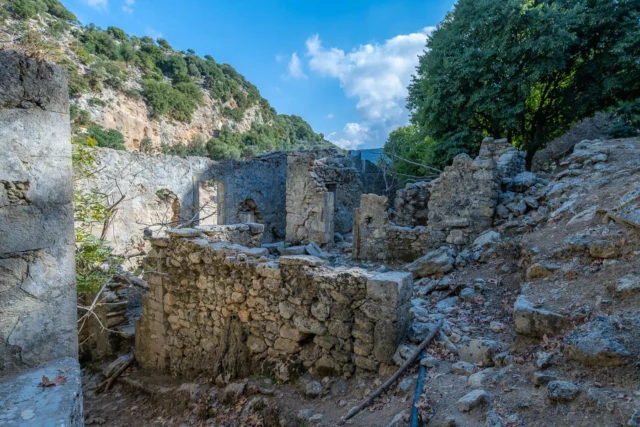

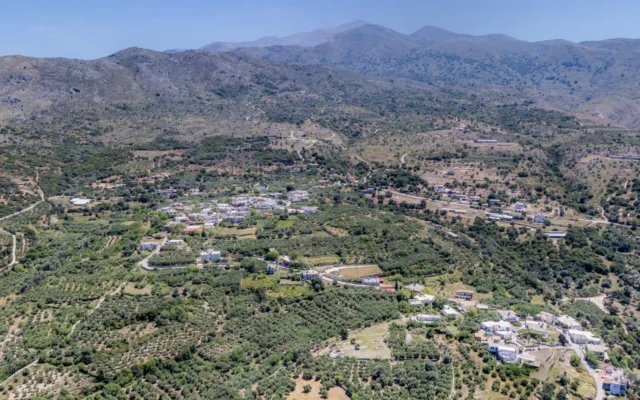
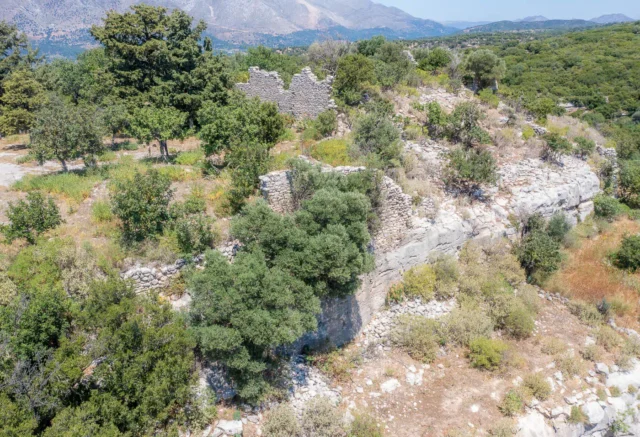

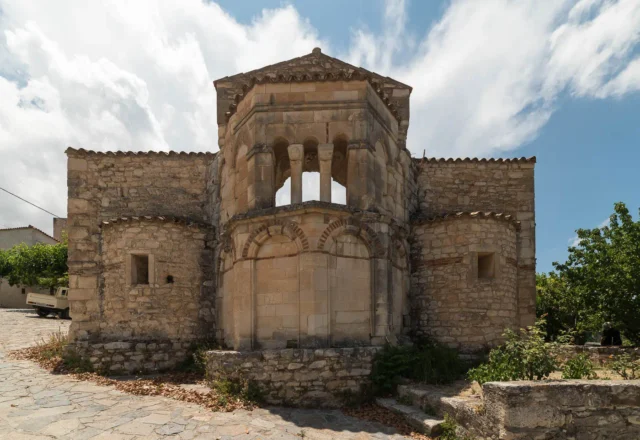

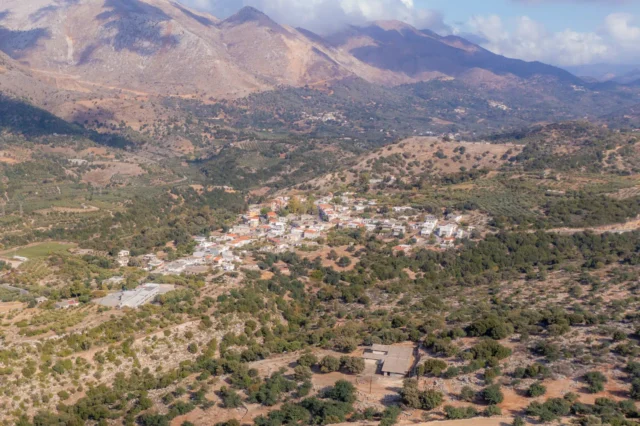


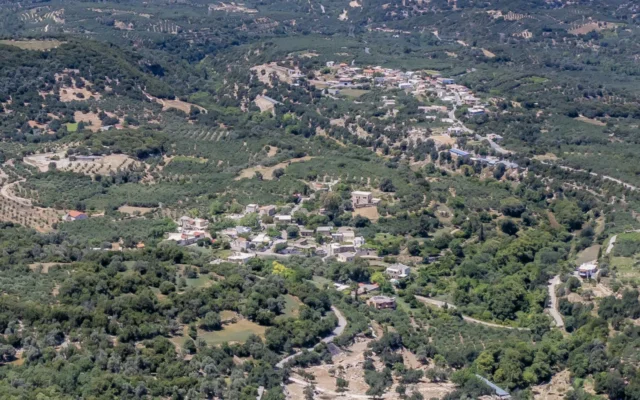

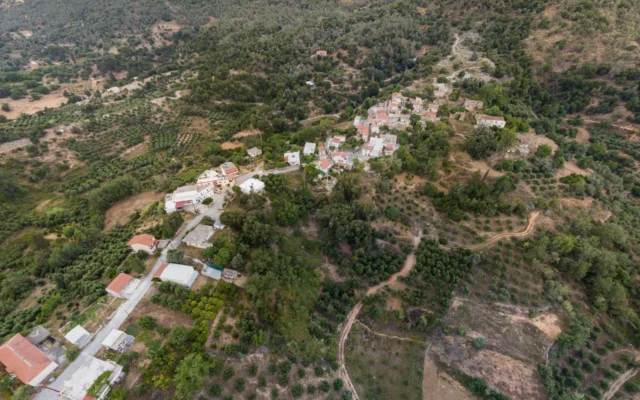
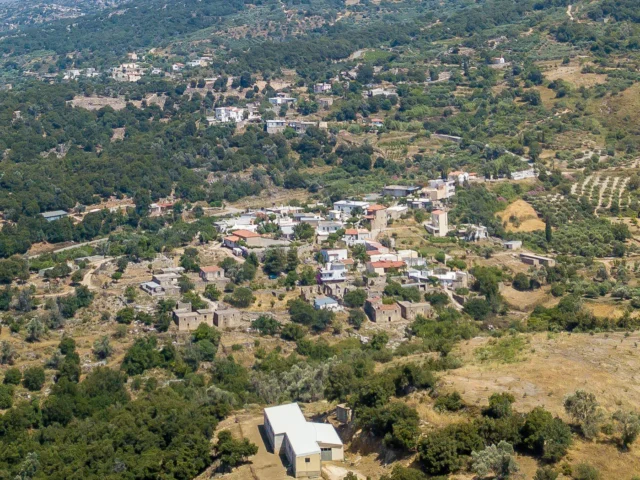
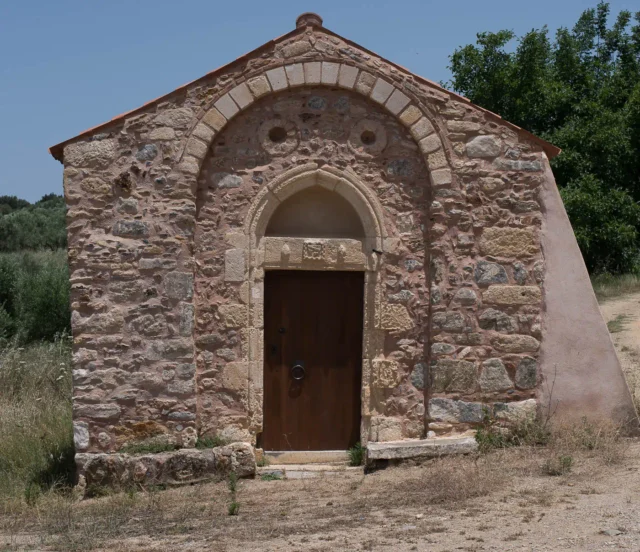
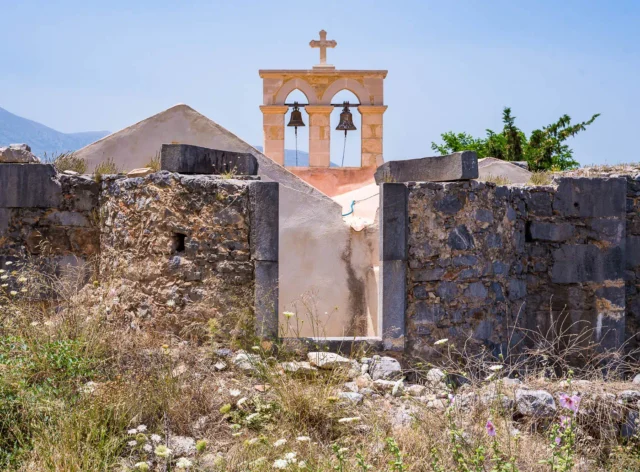

There are no comments yet.